Drawing a Line
Ink and paint combine for whimsical vistas
BY Christine R. Gonzalez
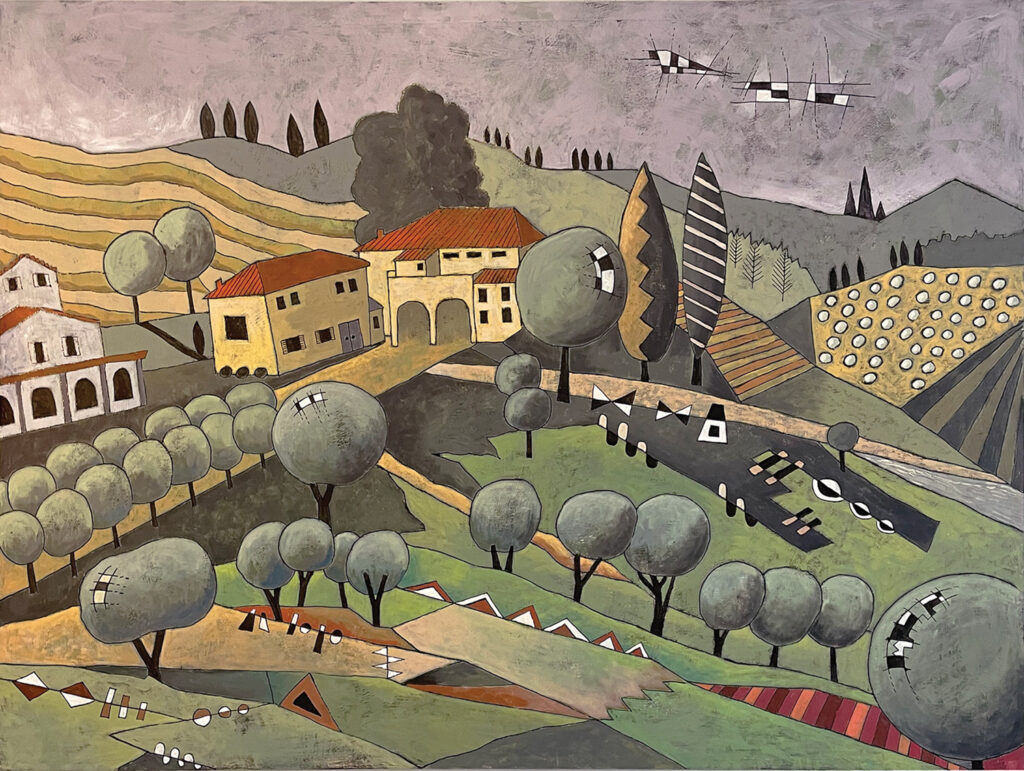
Greg Stanley loves lines, and they are his first step in the creative process.
When studying at the Maryland Institute College of Art he challenged himself to draw using only straight lines, filling numerous sketch books. Then he introduced curves. It was a methodical approach.
“You need to draw with pen and ink so that you learn how to put the lines in the right place,” he says.
There is method, but also a great deal of creative experimentation in his work, which covers four genres.
“I have gardens and landscapes, because I’m a big gardener, still lifes, doodles, and what I call expressive experiences, which may fall into the other three,” he explains.
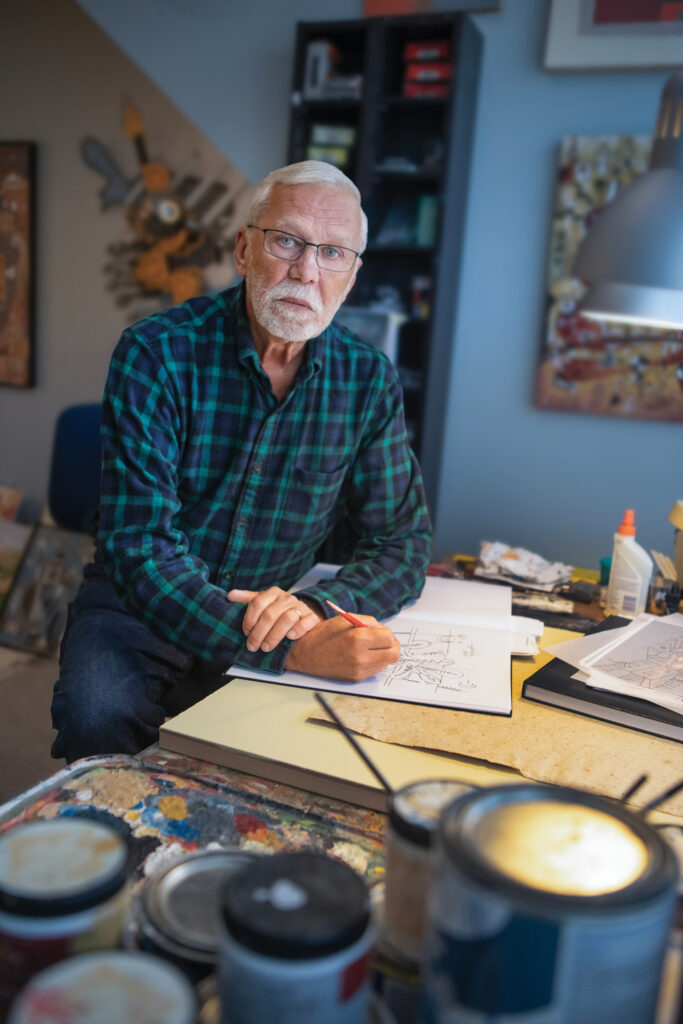
Stanley has dozens of sketchbooks filled with drawings. He gets ideas from reviewing earlier doodles or pictures and decides if they’re worthy to paint.
“I work in mostly paint but sometimes mixed media, fabric, old clippings, things like that. I’m pretty experimental,” he says.
He was labeled as color blind by an elementary school nurse but has been dubbed as a colorist. He enjoys patterns and decorative elements.
“My doodles are an exploration of linear composition, using lines and then using color. I use color intuitively,” he says.
His Boogie Woogie Blues doodle, 40 x 30 inches, enamel on canvas, illustrates his strong use of lines to create whimsy by filling the space with pathways.
Like Jackson Pollock, Stanley enjoys the fluidity of house paint.
“I use house paint; I call it enamel to give it a fancy name. My rationale is if it was good enough for Jackson Pollock it is good enough for me. I take those paints and I mix them into colors I want. I’ve probably got 50 quarts of paint up in the studio,” he explains.
His father, Leonard, was his first and best art teacher. Leonard specialized mostly in watercolors and pen and ink. Other artists who inspire Stanley include Paul Klee, Wassily Kandinsky, Joan Miro and Pablo Picasso. But he said he really finds inspiration from all artists.

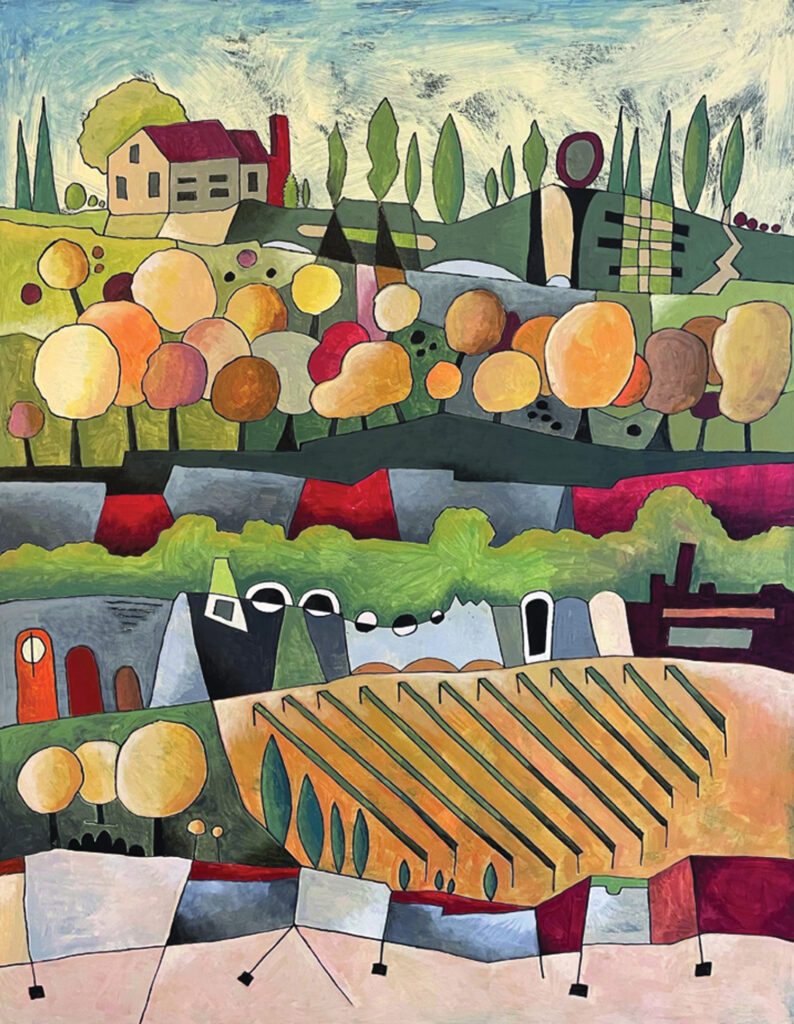
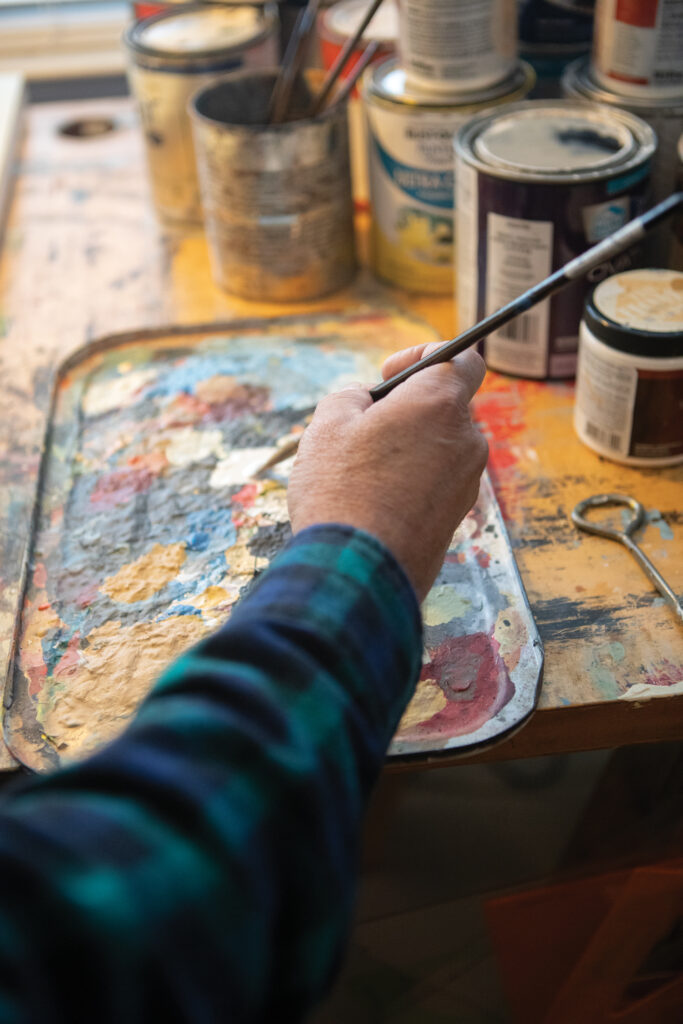
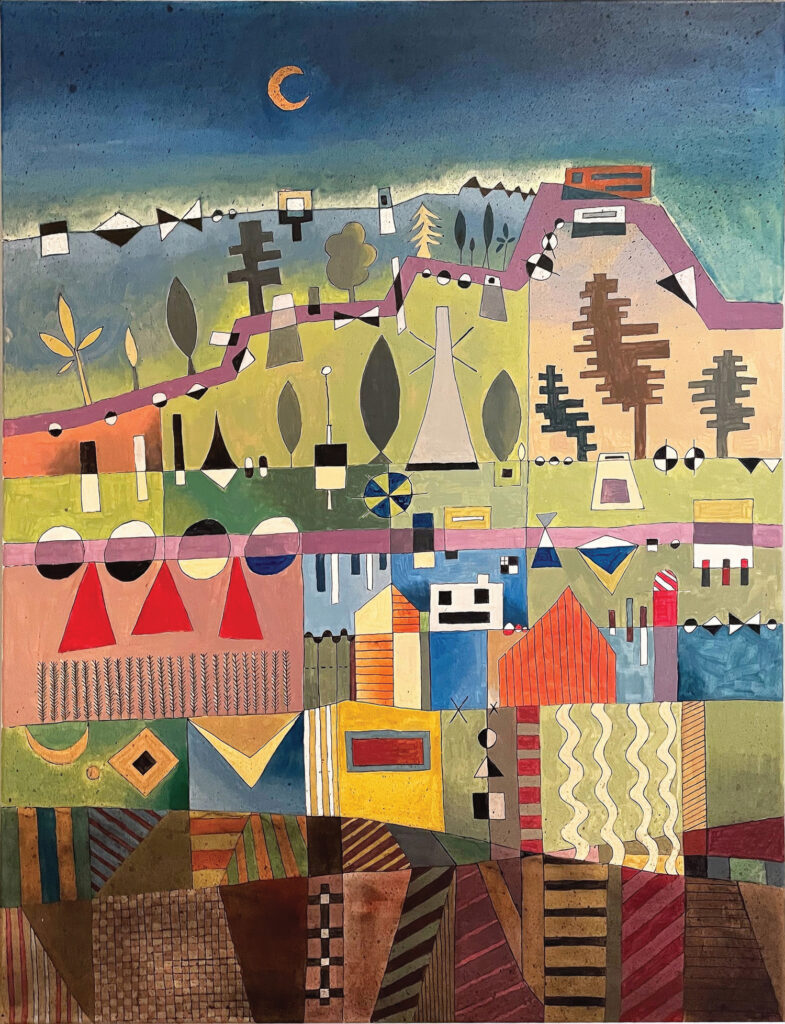
“I have a tremendous knowledge of art history. All of the artists that have made it (become famous), there is a reason. They are justified in what history is saying about their art,” he says.
Stanley has made a living as a graphic artist, worked in the corporate world, and had his own business. He was a graphic design instructor at Villa Julie College in Maryland and a creative director at Johns Hopkins before retiring and relocating to Leland in 2020.
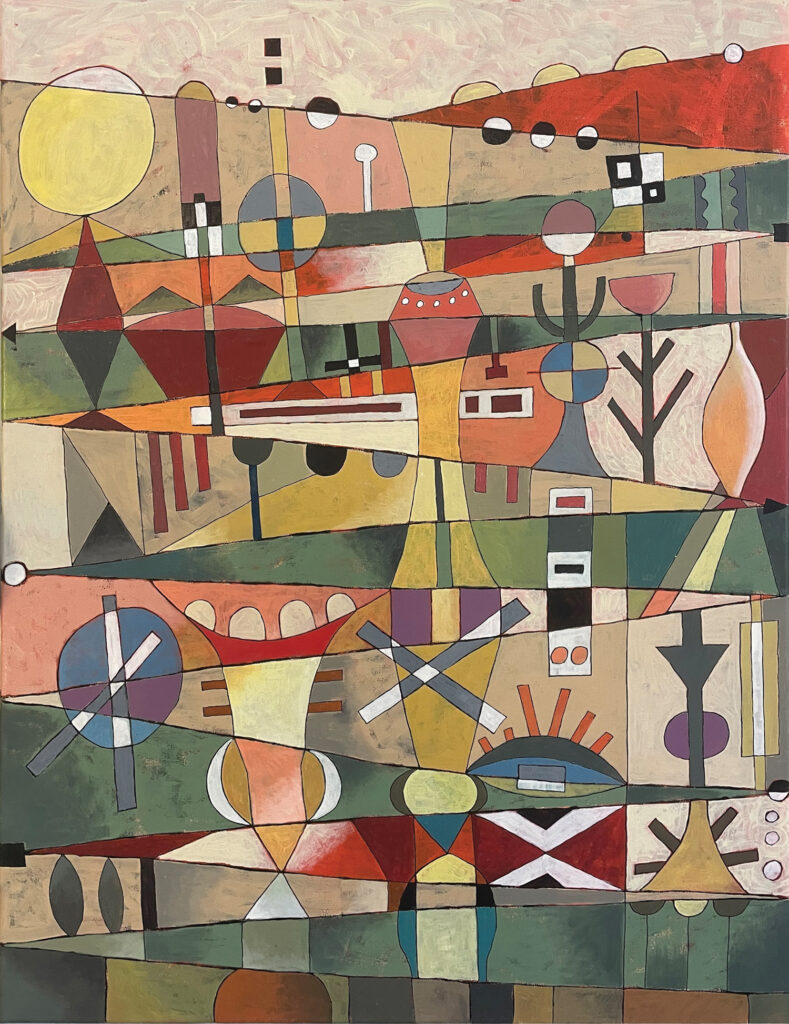
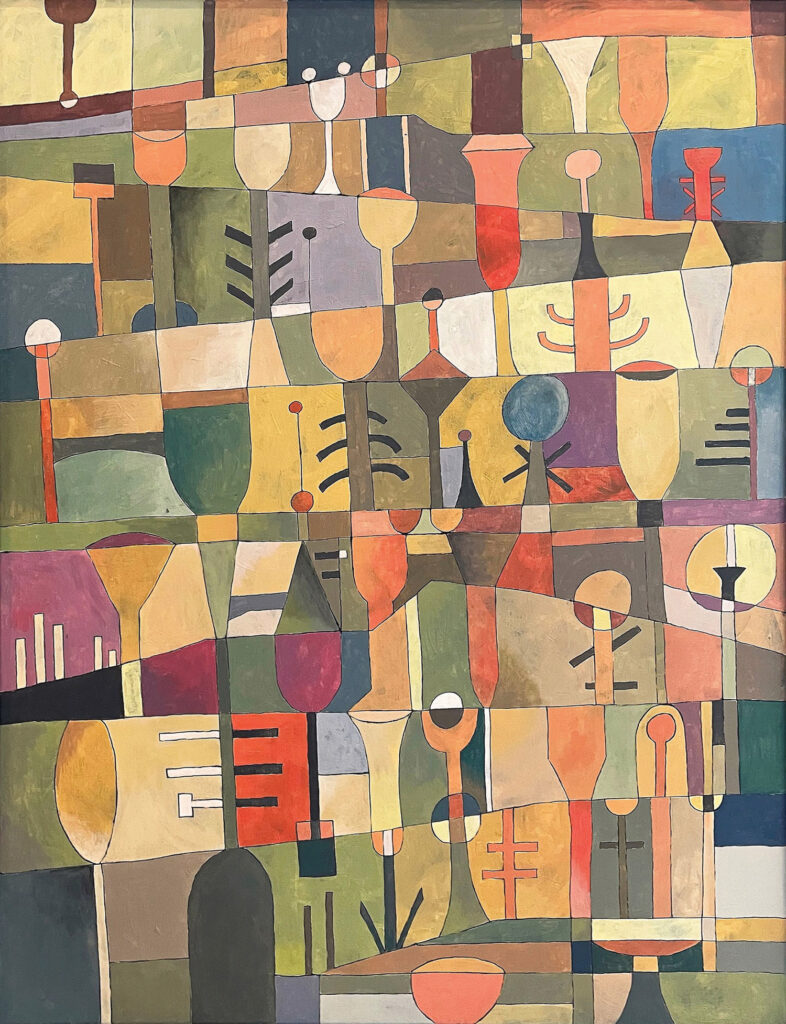
He has always found time to paint. He has completed about a thousand works, which are mostly owned or shown in the Northeast to Southeast coast. A Baltimore representative sold some of his work to the investment firm T. Rowe Price. His work is represented in the Artful Deposit in Bordentown, New Jersey.
Locally, his work is shown at New Elements Gallery on Front Street. He will be featured in a show there in April 2024. He also has a solo show scheduled at the Bellamy Mansion in July.
His landscape Tuscan Vineyard won Best of Show at the Art League of Leland in 2023. It was inspired by photos from a trip to Italy.
Stanley, originally from Baltimore, and his wife, Debby, from New Jersey, feel at home in the area.
“The Wilmington community is very supportive. I belong to two art organizations, the Art League of Leland and the Wilmington Art Association. My work is becoming well-received here. People are starting to like it,” he says.
Whether a doodle or a landscape, such as Olive Trees in Tuscany, the distinct Stanley line-style is evident. To see more of his work, visit GregStanleyArt on Instagram.
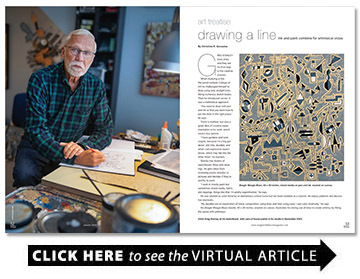
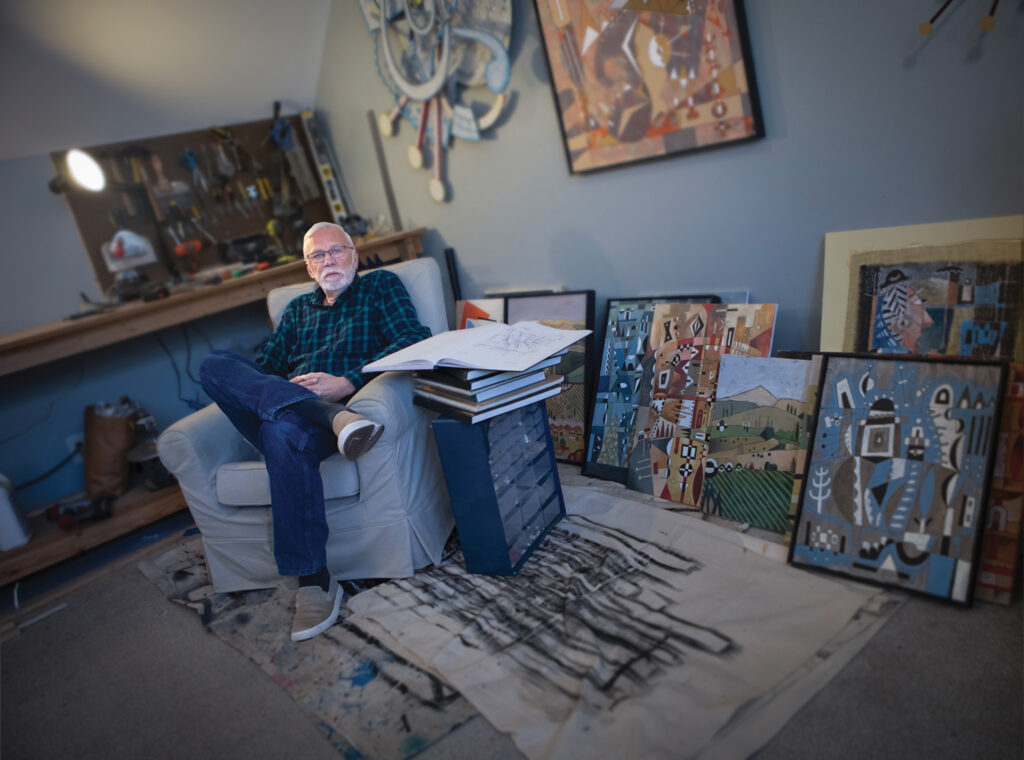
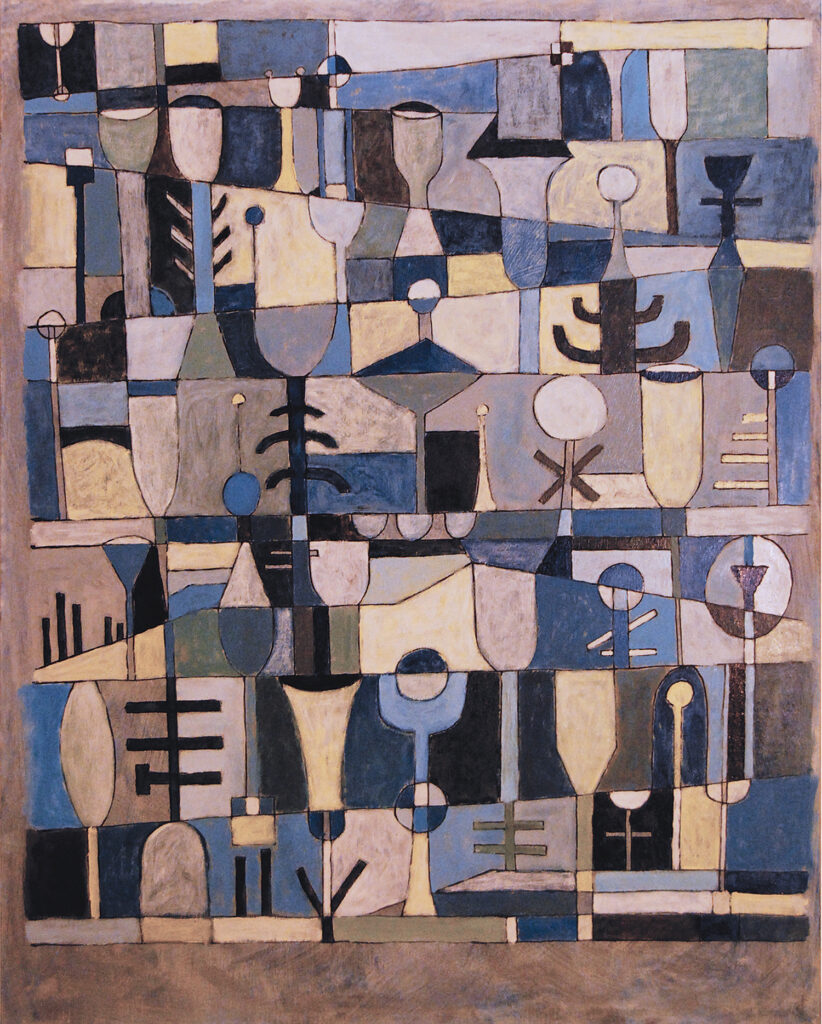
Not my cup of tea.